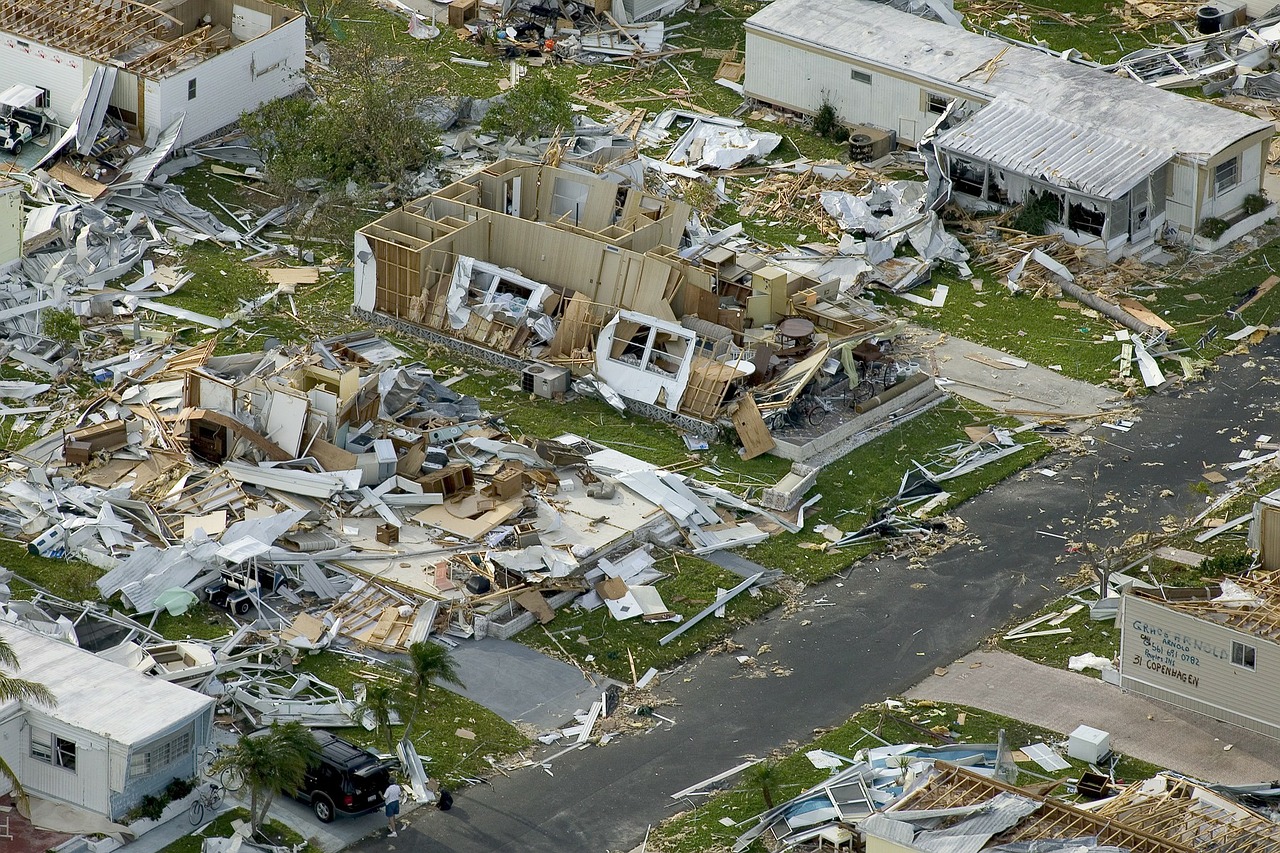 When a natural disaster hits a community, damage done to homes, businesses, and other property can translate into substantial bills for thousands of people. And, many impacted by the damages won’t know where to turn or how to start sorting out their situation to stay afloat in desperate times.
When a natural disaster hits a community, damage done to homes, businesses, and other property can translate into substantial bills for thousands of people. And, many impacted by the damages won’t know where to turn or how to start sorting out their situation to stay afloat in desperate times.
When struggling to overcome the wreckage from a circumstance beyond one’s control, your clients may not be paying close enough attention to seemingly minuscule details of everyday life like whether a credit card bill has been paid on time or what their credit utilization ratio is.
That’s why credit repair specialists have an obligation to become the “financial first-responders,” helping to identify the credit implications natural disasters can have on their clients and rectify them. What can you do to help protect your clients after disaster strikes and ensure their financial woes don’t continue to swell?
Recovering From Disaster Can Be a Vicious Cycle
During a natural disaster like a hurricane, forest fire or an earthquake, there are a number of factors that can impact a consumer’s ability to fund themselves throughout (or even after) the emergency.
Without electricity or reliable cell phone service, access to immediate funds from an ATM or cell phone application can be impossible or difficult to retrieve. It can also be impractical to make bill payments or monitor credit reports.
Consumers may also make miscalculated financial decisions. Victims of natural disasters may be more likely to:
- Apply for new lines of credit to help cover immediate damages
- Run up charges on existing lines of credit
Whether acting out of impulse or necessity, delinquent payments or mismanaged finances will still continue to affect your client’s credit score for years, even after they’ve rebuilt their home or found a new normal in their routine.
Unless they have a credit hero showing them the way.
How to Straighten Out Credit After a Natural Disaster
Here is a methodical approach to reestablishing a financial foundation for clients who are impacted by a natural disaster.
Step One
Immediately request or access copies of your client’s credit report from all three bureaus. This will help you monitor activity that occurs as a direct result of the emergency.
Step Two
If your client’s property was destroyed, recommend they cancel services, like electricity and Wi-Fi, if they cannot use them. This ensures they aren’t racking up additional costs and fees, and limits the number of bill payments they need to remember.
Step Three
Work out a new budget that fits your client’s circumstances. After allocating funds for recovery, continue to apply what’s left over toward typical bills like credit cards or other debts.
It’s possible your client’s credit card company will reach out if a disaster occurs, and offer to waive late fees for those who are affected, but, don’t count on it.
As a credit repair specialist, take the reins on communication for your clients.
Contacting Creditors on Your Client’s Behalf
If derogatory marks make their way on your client’s credit report due to a natural disaster, you can write a hardship letter that explains how the natural disaster affected your client’s credit, and how you’re taking steps to stay accountable.
When approaching creditors, keep these guidelines in mind:
- Be specific about how the disaster affected your client
- Address how long you think your client’s ability to pay will be affected
- If budgeting needs to be reassessed, include how much your client can afford to pay each month as they rebuild
- Reiterate your client is a responsible consumer and working to bring any delinquent accounts current
It’s critical to be proactive if you can contact creditors before the next payments are due, you’ll be in a better position.
Watch Out for Ongoing Scams and Vulnerability
Unfortunately, when disaster strikes, there are bad actors that will seize the opportunity. Advise your clients to only speak with creditors directly on the phone (if possible), and avoid email communication as there are often phishing emails that target victims of a disaster.
Continue to monitor credit reports for suspicious activity or derogatory marks that are not caused by your client. In a time of chaos, financial information can become more vulnerable than usual.
In addition to credit repair services, DisasterAssistance.gov is a great resource should your clients need short or long-term assistance after a natural disaster. ConsumerFinance.gov also provides resources to help your clients prepare themselves, financially, should disaster strike again.
If you have a client who has been impacted by a natural disaster, learn how to create a custom credit hardship letter and help get their finances back on track.














